Here at Bandai Namco Studios, we have an orientation program called GEMini for the recent college graduates who join our company. These young creatives form teams and make a game of their own. The GEMini participants of 2023 created three games: BOOMEROAD, NOTTOLOT, and DORONKO WANKO —all of which are available for free on Steam.
We’ve interviewed some of the participants in 2023’s GEMini program to hear their fresh perspectives on creating video games and learn about what went on behind the scenes of the titles each team developed.
About the Games
First, we’d like to introduce the three titles developed through the 2023 orientation. There were three teams of 12 to 20 employees from varying areas of specialization, and they created their games within six months.
BOOMEROAD
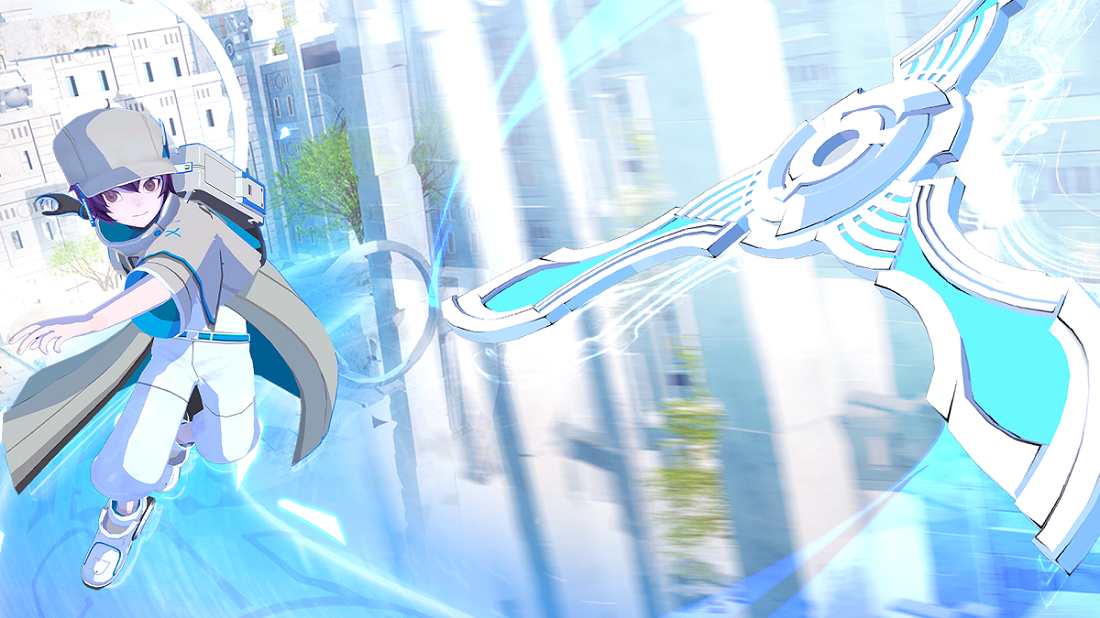
This action platformer has the player throw a boomerang to draw a path of movement which they glide along to traverse the world. The motion and visuals of the world—an ancient ruin floating in the sky—work together to create an exhilarating and fast-paced gaming experience.
Download it for free via Steam.
NOTTOLOT
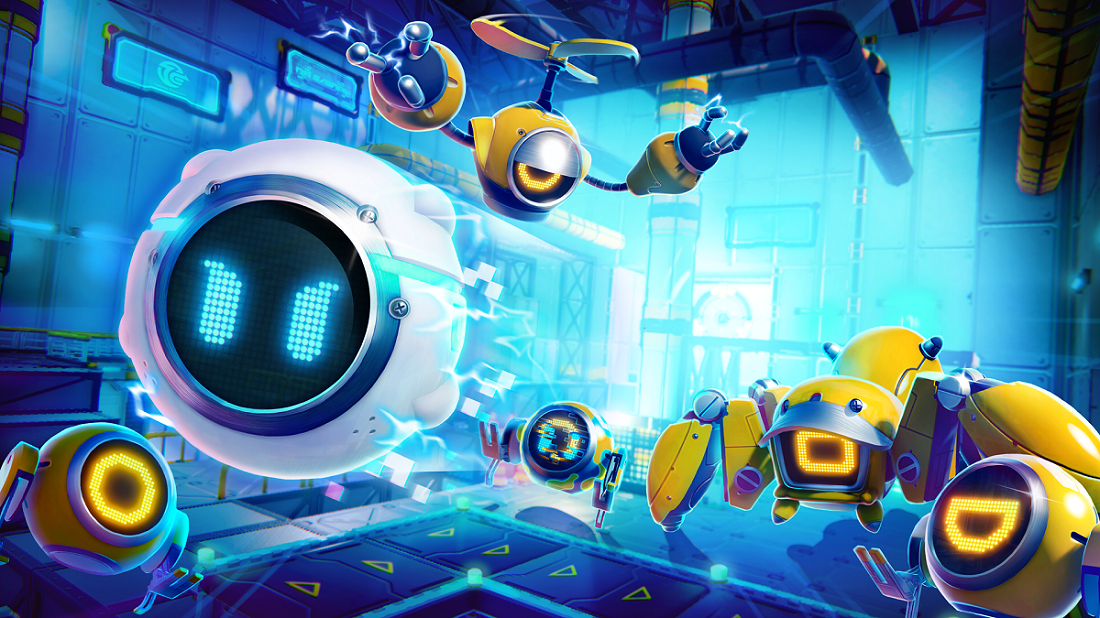
Hack into various robots and operate them to solve the puzzles around you and complete the stage! Set in a futuristic factory, there are plenty of eye-catching and unique robots to take over and carry you to your goal.
Download it for free via Steam.
DORONKO WANKO
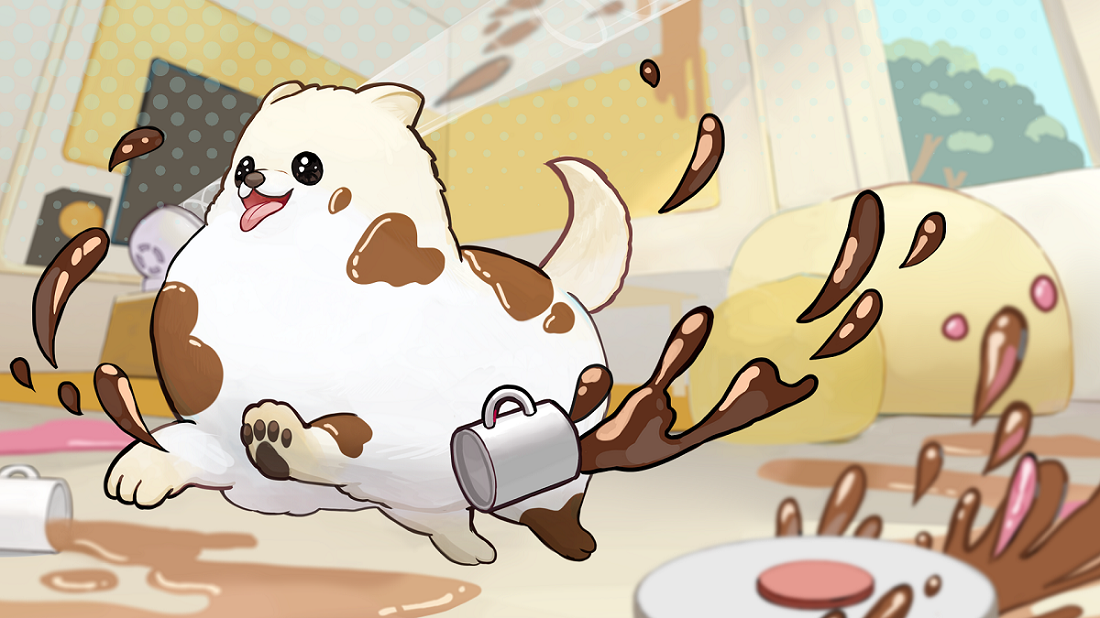
Become an innocent, energetic Pomeranian and turn your home into a muddy playground in this imaginative action game! Let yourself be soothed by the carefree little protagonist as you make a happy mess of the big world around you.
Download it for free via Steam.
Meet the Developers
Next, we’ll introduce the members of each title’s development team. GEMini 2023 was a joint orientation for both new employees of Bandai Namco Studios, including those who joined our studio in Malaysia, and new employees of Bandai Namco Online, another subsidiary of the Bandai Namco Group. While each team had its own obstacles to overcome, the members showed their strength as game creators and pushed through to produce the works we’ll be talking about today.
BOOMEROAD Developers
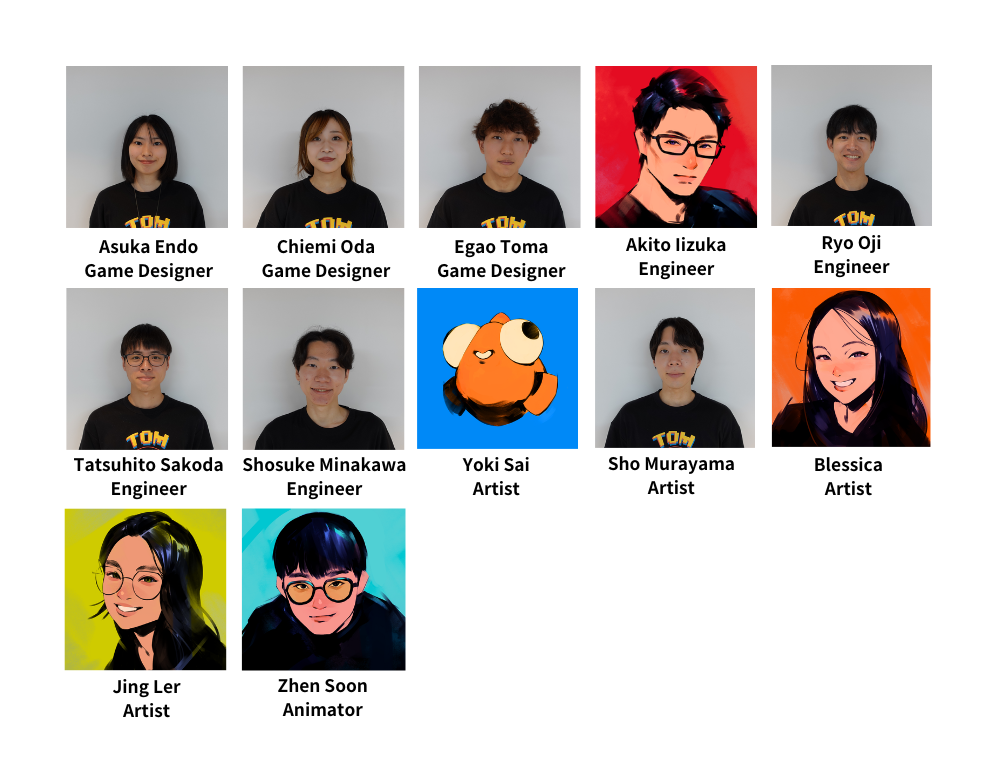
NOTTOLOT Developers
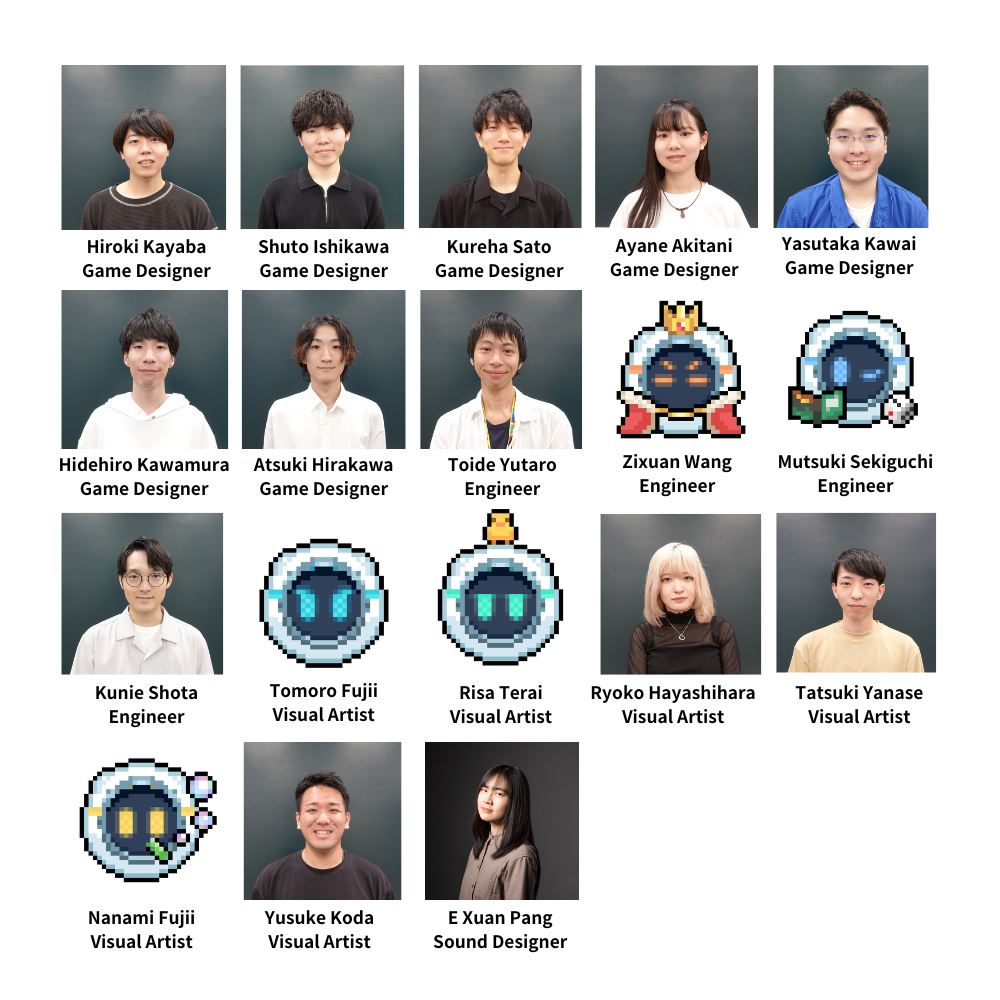
DORONKO WANKO Developers
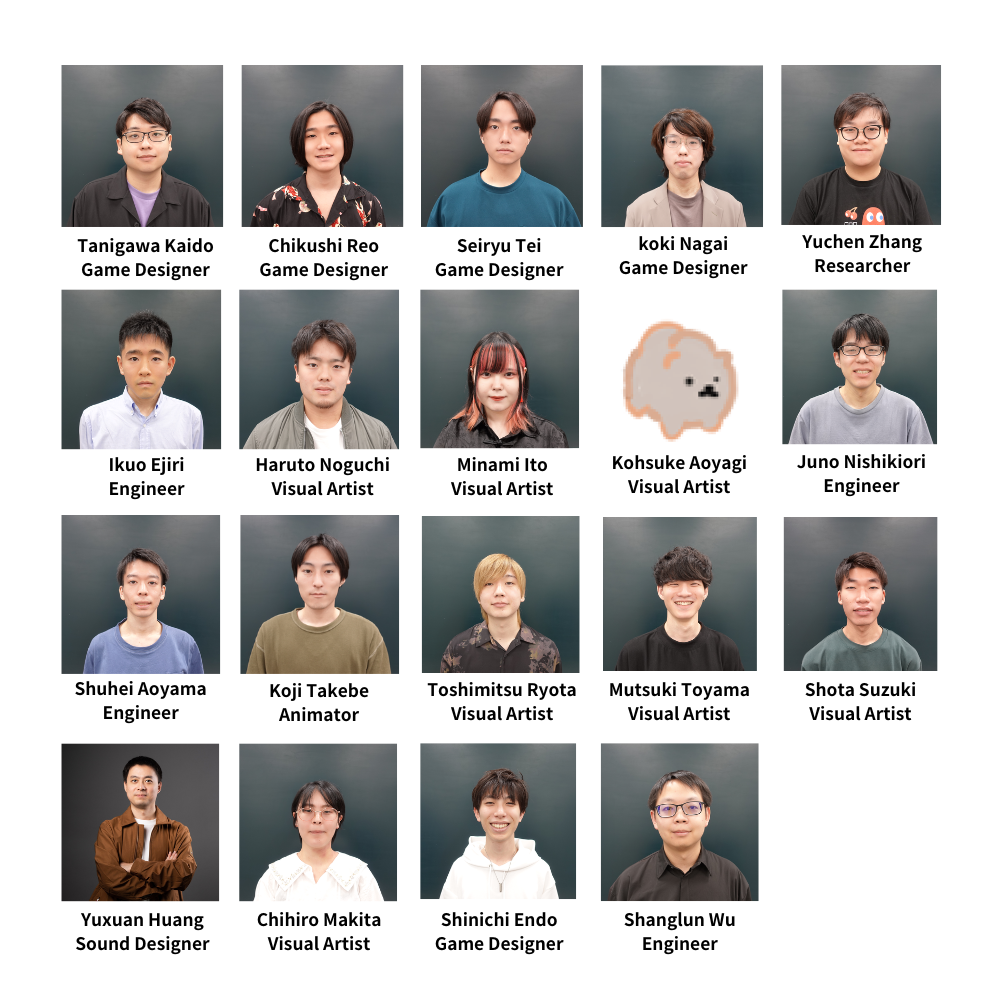
Development Team Interview
Staff members’ names re color-coded based on which project they worked on. BOOMEROAD’s developers will have their names in blue, NOTTOLOT’s in green, and DORONKO WANKO’s in red.
— Great work on your projects for GEMini! Were there specific ideas you focused on portraying in your game, or anything you want the players to pay attention to?
Oda: We were very meticulous when designing the levels and UI. Our goal was to get players to not only design their own rails, but to enjoy the experience of gliding along them. In particular, we made it so that players can toggle the display guide for the controls directly from the UI. This is intended to give players an easy reference as they’re getting used to the gameplay without interrupting their time in the world.
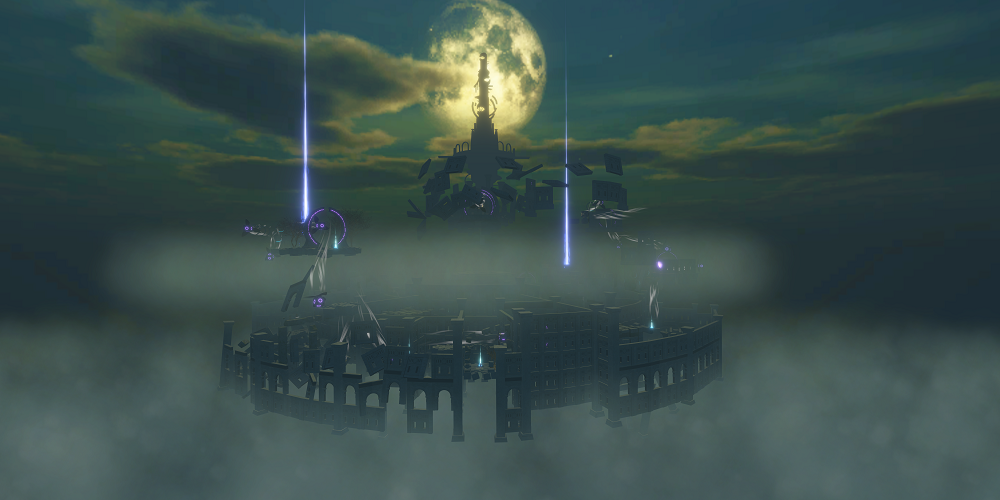
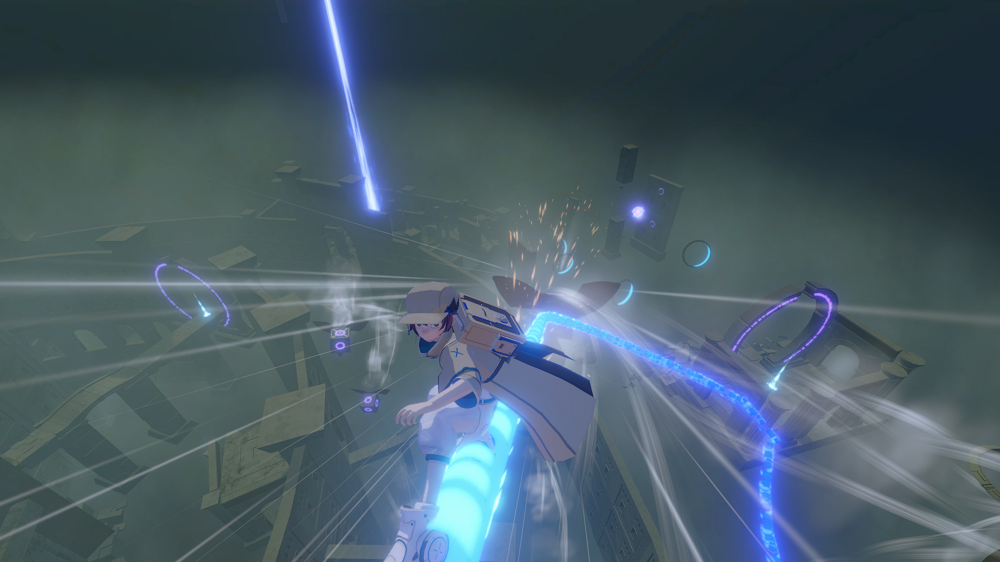
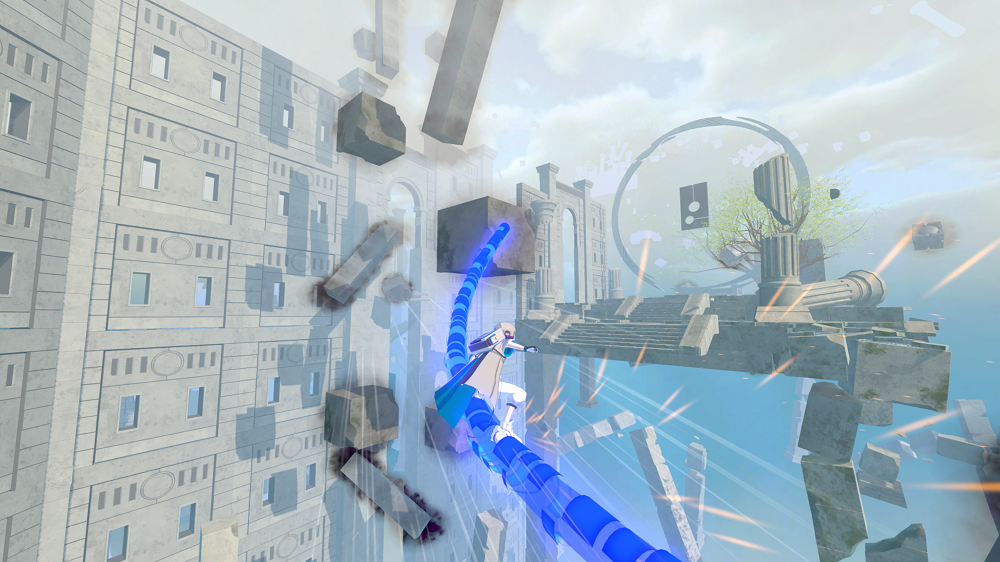
Ishikawa: For our game, we balanced the tension of carefully planning your way around the level to avoiding enemy detection with the relief of hacking an enemy robot and moving forward. We also wanted the experience of hacking an enemy to feel exciting and really put a lot of work into making the player feel good about their progress, so we’d be happy if you paid close attention to moments like that.
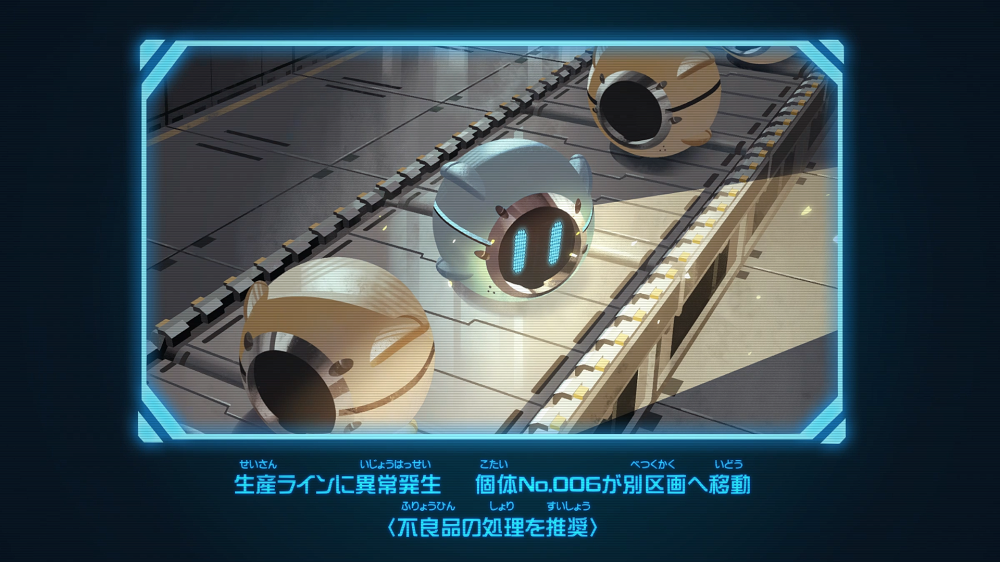
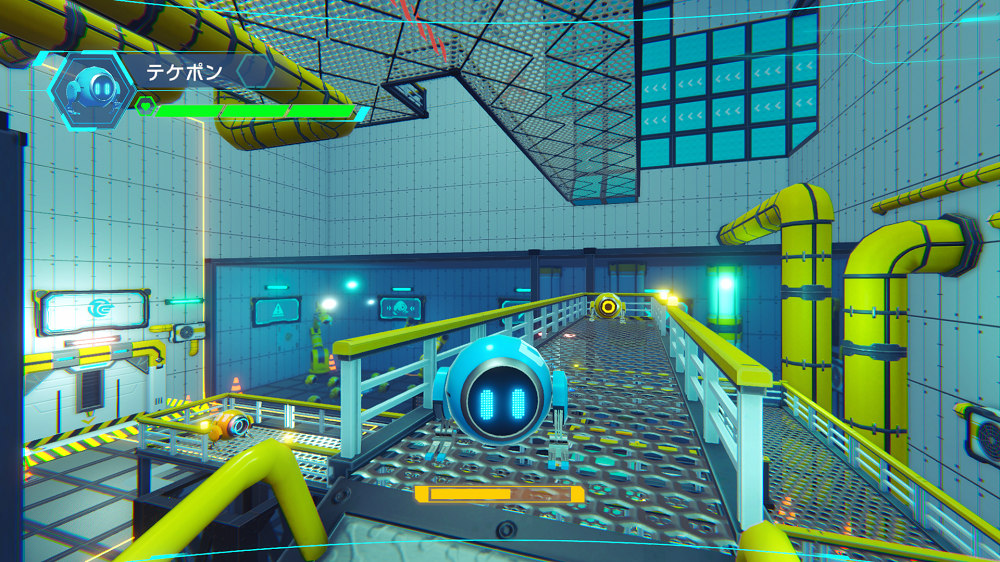
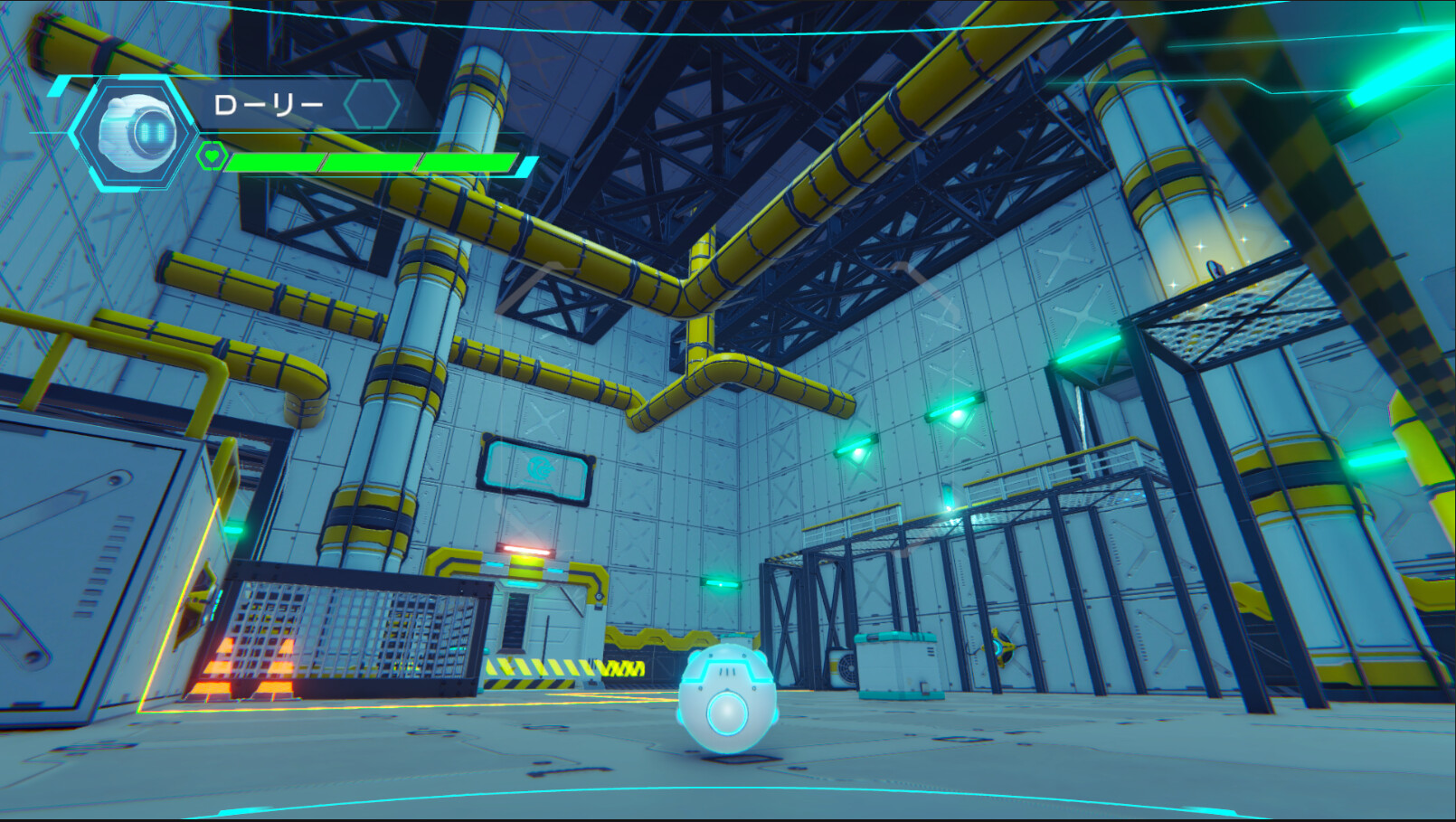
Endo: There’s one clear answer for us—just look at how adorable the Pomeranian is! This little pup is based on my own family dog, Potato. Sadly, Potato passed during the development of this game, but thanks to the hard work of everyone on my team, my little buddy can be cute, feisty, and free forever within the game. Please look closely at all the details that went into making our Pomeranian protagonist so cute and lovable!
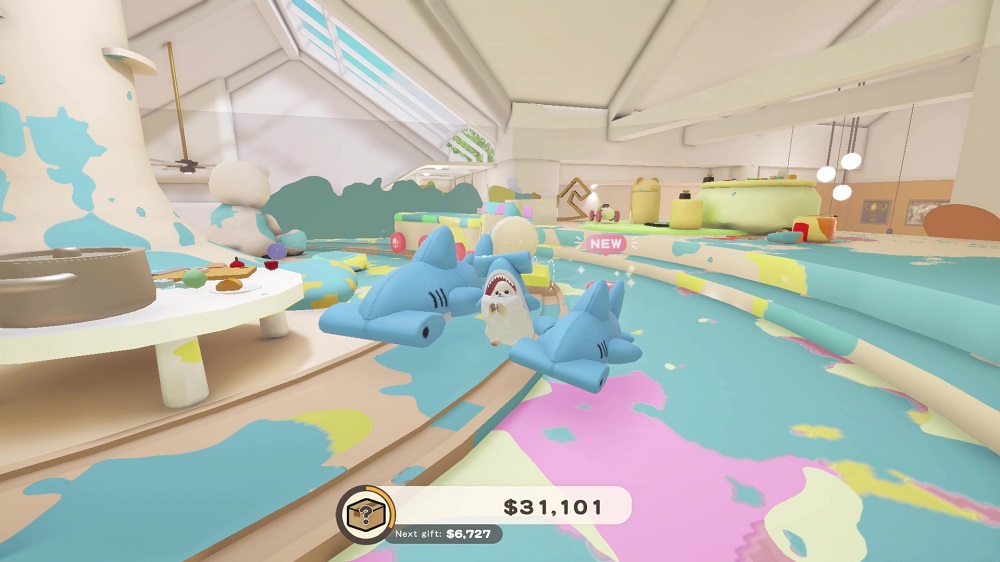
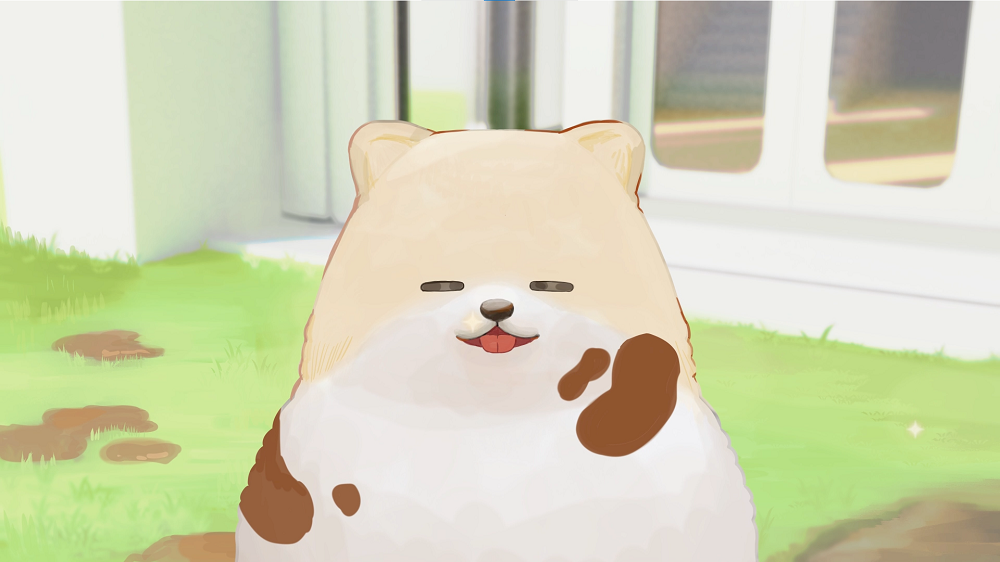
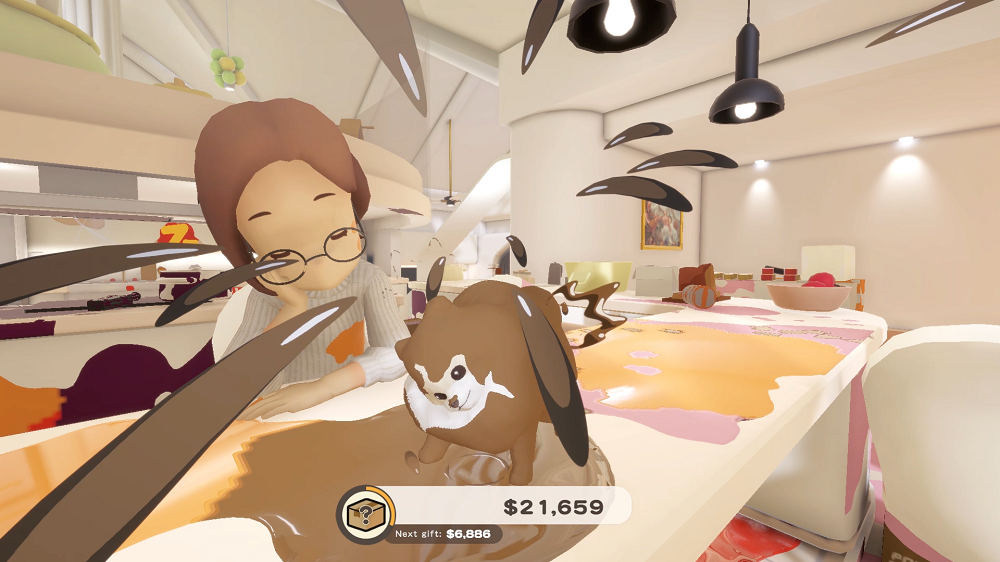
— It sounds like there’s a lot for players to enjoy! What kinds of hurdles did you encounter when developing your titles?
Oji: Since there are calendar differences between our studio in Japan and the studio in Malaysia (like the Obon holiday in Japan), we had to plan to prevent progress from stopping even if one side was absent. We overcame this issue by creating a clear workflow on Unity and making sure to follow that to a T, which also greatly improved our efficiency as we got further into the project.
Zhen Soon: There were members not just from Japan, but from many other countries as well. There were some language barriers we had to overcome during meetings, but it also let us learn about each other’s cultures. We were able to get through these difficult moments with translation tools that helped us share our thoughts and opinions and create better communication.
Kayaba: We got stuck in the planning phase and it took us a while to decide on the direction of the project, and that ended up creating a tight schedule for the team members. However, everyone was intent on using that limited time to make a great game and everyone’s hard work helped NOTTOLOT come to fruition. I’m endlessly grateful for their undeniable talent and passion for creation!
Toide: The short development period made it hard to make a game that was both rich in content and fun to play, so all of the engineers worked closely with other members with different specializations to improve our game’s quality with as few trials as possible. We discussed not only what was possible, but also talked through counterproposals to the ideas that were brought to the table to steer development in a direction that everyone agreed with. The engineers also supported one another to get the functions we wanted in our game implemented in as short a period as possible.
Noguchi: There were lots of background elements in our game, so we struggled to make it run smoothly even on low-spec devices. We adjusted the render baking for lighting and changed the size of textures and the number of polygons to improve the performance.
— This really shows how united the teams had to be to create these games within the time period given. What was some advice you received from instructors or mentors that stuck with you?
Iizuka: I received some advice to look for things I was able to do without waiting for instruction, and how important it is to understand the goals and preferences of staff in different areas of the project when implementing parts of the game. I think both of these will be important for me to keep in mind going forward.
Murayama: I was taught the basic order of building a stage and given some tips on guiding the player’s eyes around the screen. Those skills will definitely come into play a lot.
Akitani: The team mentor always emphasized that it was more important to create an enjoyable game rather than have all of the staff’s demands met. That helped me get over my fear of conflicting opinions on a project.
Fujii: I was told that whatever the circumstance, it’s important that you don’t just give up. As an animator, whether the movements and operations on the screen are enjoyable to the eye and if they fit the world of the game can affect the quality of the final product. No matter how small, I made any adjustments that I felt would provide the best possible result.
Tanigawa: The words “harmony is the ability to clash” really stuck with me. At the start of the project, we were overly mindful of how the other team members might feel and weren’t able to share what we really thought. However, once our team heard those words, our stance changed—we wanted to make the best game we could even if it meant disagreeing with each other. From then on, the overall atmosphere of the team improved.
Nagai: “The original concept should be your criteria through the end of the project.” I still remember hearing this for the first time. We decided which functionalities suited the concept we had in mind as we continued to develop the project. The concept became the team’s common language and its foundation. Those words and this experience showed me how seeing a concept through to the end can bring the project itself together.
— Those are words that any developer can carry along throughout their careers. Were there any striking interactions you had with your teammates?
Toma: There were issues due to language differences, distance between the members’ countries, and the short timeframe for completion, but I’ll never forget how everyone thought very seriously about how they could contribute and very earnestly worked together towards our common goal. The members in Malaysia especially were very proactive and friendly when collaborating with the Japanese members despite how unfamiliar everything was.
Sakoda: In June and July, the Japanese studio’s members and the Malaysian studio’s members were in the same country, so we got to hang out on the weekends a lot. Even if we had conflict during work, we were able to build our relationships in a positive way by spending time together outside of that.
Sato: At times we clashed at full force, but there were also times where we rolled with laughter together. Our team had an incredibly fun balance between those moments.
Koda: All of our members were very thoughtful. We all looked after each other when some sort of issue came up, even if it was outside of our usual field.
Makita: When we’d just started development, we were too distant and couldn’t share what was on our minds or bring up potential issues outside of our own areas of specialty since we were worried that we were wrong. Everyone was pretty awkward. Although this got much better as the project moved along, I feel like it would have been beneficial for us to be able to voice conflicting opinions earlier on.
— You had a lot of chances to get to know each other across not just personal and professional, but national borders! Do you have any particularly strong memories from working on your GEMini project?
Endo: My strongest memory is the welcome party at the studio in Malaysia. I was able to see and feel firsthand how games are borderless as we chatted about them despite differences in our cultures and field.
Minakawa: Every moment was a blast. The Japanese studio members got to go to Malaysia in June, and the Malaysian studio members came to Japan in July, so we got to really live and work alongside one another. I feel like our days off spent visiting tourist spots brought us close together as well. We even went to museums and theme parks with the members from Malaysia. How rare those experiences were made them even more unforgettable, and I really think I’ll treasure those fun moments for the rest of my life.
Hirakawa: It was all incredibly fun! We cheered together when we implemented new elements, ate lunch, and gamed together… I remember all of us packing into one room for the mid-project progress report. supportively watching as the presenter would talk through the game. After the final presentation, we stood up and congratulated each other, clapping together in relief. I almost cried then.
Kunie: There was some anxiety since my team took some time to finalize what we would do, but after we had settled on a goal, we came together as one to execute it. Members from different areas would gather to debate on our next moves, and we would be there for each other to see those decisions to the end to create something everyone could be proud of. It was a wonderful time, and an amazing experience.
Ejiri: Nearing the end of development, we discovered a bug that absolutely needed to be fixed. The engineers all gathered to give their opinions on how to approach the problem, and we narrowed down the areas to investigate and correct to make the final product work smoothly. That was very significant for me. Our efforts to work closely together made the game possible.
— Lastly, what are your goals going forward now that you’ve had these experiences from GEMini?
Sai: I learned so much about the depth of thought that goes into making games by participating in GEMini. I want to carry these realizations into my future projects to make sure what I work on is the best it can be.
Kawai: It was my first time working on a game and it proved to be a valuable opportunity to work a small-scale project deeply with many people who specialize in different areas. I feel like I not only improved my skills and workplace communication, but I’ve also gained the power to create better games than would have been possible before. I want to hold on to this desire to improve the things I work on and make them as enjoyable as possible as I continue down the path that I’m on.
Sekiguchi: I had zero experience making games before this, so every single day was a learning experience. As I worked and communicated with my teammates, I saw things from new perspectives and received lots of inspiration. Everything I gained has helped me take a gigantic first step as a game creator, and I want to continue to build on these experiences and really commit to the creations I work on in the future.
Nishikiori: I was able to focus on the creation of a game more deeply than I could as a student. I want to continue to learn and grow based on the knowledge I gained completing this game with my team.
Takebe: There were a lot of struggles both for the team as a whole and members as individuals, but I won’t forget the experience of overcoming all of these hurdles to complete a game together! This experience will stick with me through the rest of my career.
— Thank you for your time and insightful answers!
The games developed for GEMini 2023—BOOMEROAD, NOTTOLOT, and DORONKO WANKO—are free to play via Steam.
©Bandai Namco Studios Inc. Published by Phoenixx Inc. (*1) ©2024 Valve Corporation. Steam and the Steam logo are trademarks and registered trademarks of Valve Corporation in the United States and/or other countries.




